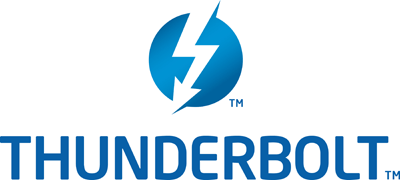But if the idea is to start supplying both technologies, I find that irritatingly stupid.
This is why I feel Thunderbolt will be exclusive to higher-end products, motherboards and notebooks, for quite some time. For the regular consumer, Thunderbolt offers no benefit whatsoever over USB 3.0, but it costs a lot more to invest in.
Thunderbolt won't be for standard peripherals like mice or keyboards, because there's just no purpose to it. Most peripherals could be used on a USB 1.0 bus still, because the data and latency needs are minimal. For things like standard thumb drives, even USB 2.0 is still suitable, because it's rare when someone copies over GBs to one.
Then we have USB 3.0, which is about 2x as fast as the fastest thumb drive out there. I am in the process of reviewing Kingston's HyperX thumb drive, and it can achieve speeds of 250MB/s. That's about 2.5x the speed of a hard drive, but less than 50% what the USB 3.0 bus is capable of. And for a lot of people, even that sort of speed is just not needed.
As such, I don't see the regular consumer buying into Thunderbolt right off the bat, if ever. The products that
can take advantage of Thunderbolt are expensive and mission-specific. If I am running a business that has huge data transfer requirements, then I'd consider Thunderbolt. Thunderbolt is theoretically 4x faster than USB 3.0, but most people aren't likely to take advantage of 1/4th of USB 3.0 (an external HDD would be about 1/4th).
We'll see how things play out. Hard to speculate at this point.


